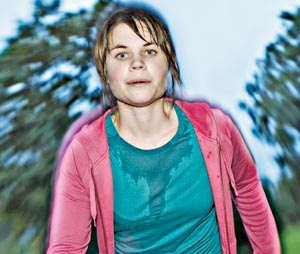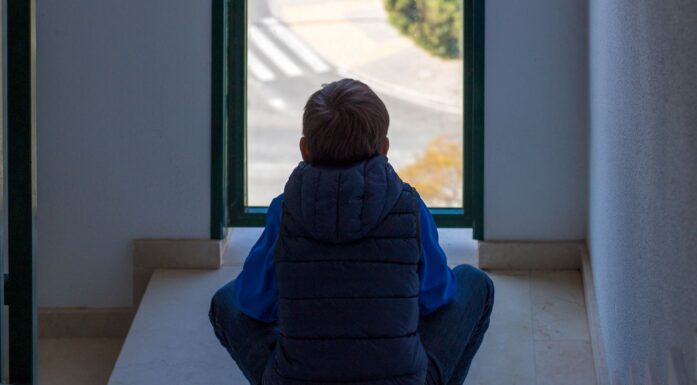Rock hard workouts
Physical activity can help reduce women’s risk of developing osteoporosis. But taking a stroll simply isn’t enough.

IKKJE GÅ: Spring! Slit og sveitte må til, skal det gje utslag på beinmassen. NTNU.
Ill. foto: Benedikte Skarvik
Norwegian women top osteoporosis statistics in Europe. They are four times more likely to break their hips than their Italian counterparts, and their risk is double that of American women.
It is a known fact that being physically active reduces the risk of developing osteoporosis. The Norwegian Institute of Public Health recommends 30-minute walks two or three times a week. The idea is that even moderate physical activity will help prevent osteoporosis.
INTENSIVE TRAINING
However, NTNU researchers have data that suggests that a moderate activity level simply isn’t enough to prevent osteoporosis. Researchers have based their conclusions on data from 1400 women who are participants in the Nord-Trøndelag Health Study (HUNT).
“One of the factors we looked into was the relationship between physical activity and a measurement called BMD among healthy women aged 20 to 44”, explains Associate Professor Liv Berit Augestad.
BMD stands for “bone mass density”, and is a measure of the density of skeletal bone cells. Samples were taken from the forearm. Physical activity was measured according to frequency, rate, and intensity of the activity. Unfortunately, the HUNT data did not include information about the nature of the activities.
“We found that the small group of women who reported the highest level of physical activity also had the highest BMD”,Augestad says.
DON’T WALK – RUN!
Physical activity can involve both weight-bearing exercises and conditioning. Augestad stresses that we do not know enough yet to determine which training method gives the best outcome. And we do not know how often and how intense the training should be.
“But what we do know is that casual walks and other light forms of physical activity are not sufficient if you want to prevent osteoporosis. Both intensive aerobic exercise and weight bearing exercise are good methods”, she says.
She adds that Americans have already realised the need for a more intensive exercise regime: the CDC (the Centers for Disease Control and Prevention), the American equivalent of the Norwegian Institute for Public Health, recommends that Americans include daily physical activity in their lives to reduce the risk of different diseases, including osteoporosis.
START AT AN EARLY AGE
The study suggests that the greatest effect of physical activity on developing a strong and healthy skeleton is achieved between the ages 15 and 30.
“But physical activity may also help reduce of the speed of bone cell reduction later in life. Thus it is never too late to start”,Augestad says.
The study was conducted by Augestad with Professor Berit Schei, Siri Forsmo, Arnulf Langhammer, and Professor Dana Flanders.
By Tore Oksholen





